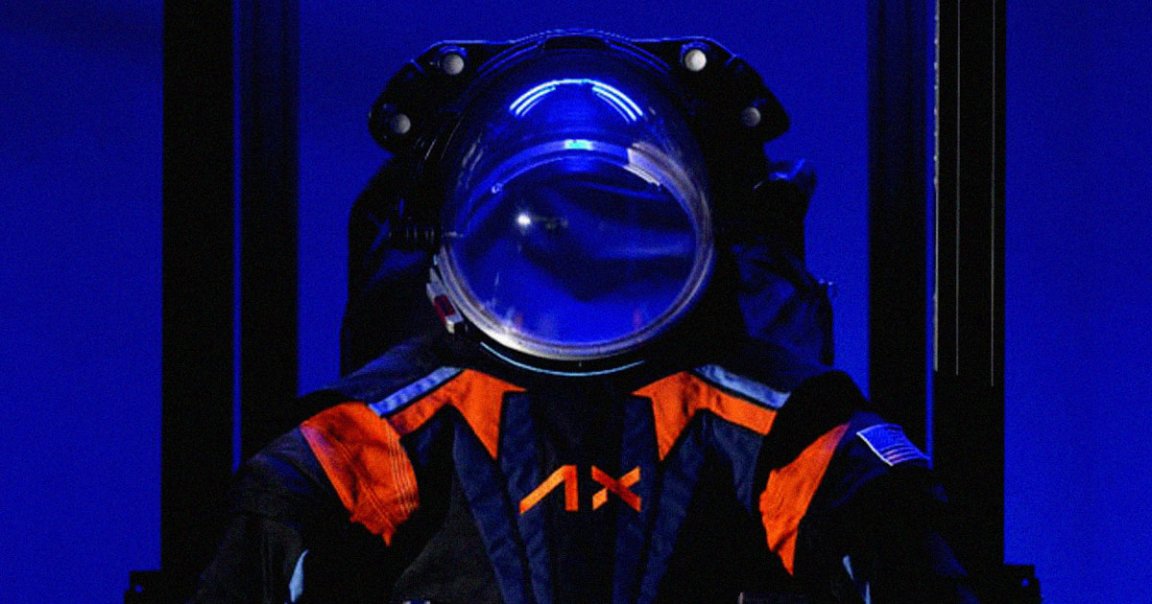
Well-Suited
NASA’s highly anticipated Artemis missions could see humans return to the Moon for the first time in over 50 years — and it spared no expense to make sure its astronauts are well dressed for the occasion.
The space agency spent an eye-watering $228 million commissioning some slick-looking spacesuits from Axiom Space, as part of an astronomical $1.26 billion contract it awarded the company last year.
That’s a hefty price tag for suits that NASA won’t even own — the agency will instead rent the suits from Axiom — but when it comes to the safety of the astronauts, there’s no room for skimping.
“It’s a very intensive program to make sure that when astronauts step onto the lunar surface in the Axiom space suit, it’s a very safe design, and it’s a design that’s very high performing,” Russel Ralston, Axiom’s EVA deputy program manager, told News 6 Orlando.
Extravehicular Activities
In total, NASA’s planning to spend a whopping $3.5 billion as part of its Exploration Extravehicular Activity Services Contract, which includes Axiom Space and several of its competitors, through 2034.
Billions of dollars are nothing to scoff at, but NASA’s contractors aren’t just designing a simple suit.
“A spacesuit is really a spacecraft,” Ralston told News 6. “So it has a lot of the same life support systems and safety systems and other things that you would have to design as part of designing any spacecraft.”
Some of the harsh elements Axiom’s spacesuits will have to shield against include extreme temperatures, and even more dangerously, extreme temperature swings.
“When you’re doing a spacewalk, you might be holding on to a handrail that’s at 200 degrees Fahrenheit or -200 degrees Fahrenheit,” Ralston said.
To that end, Axiom equipped the suits’ life support systems with a meticulously engineered water membrane evaporator, diverging from the sublimation-based cooling systems of old.
On the Move
But all that protection won’t be useful if the astronauts aren’t mobile, and mobility can be a difficult thing to achieve when you’re balancing the fact that the astronauts are “pressurized like a basketball,” per Ralston.
In spite of the obstacles, Ralston says Axiom’s suits boast a far superior range of motion compared to what the Apollo astronauts wore — its comically rolled forward shoulders notwithstanding.
“So as an example, our arms have joints that allow rotation,” he said. “They have other joints that allow kind of flexion and extension. The same thing is true for the wrist in the glove.”
In short, NASA may have to dig deep in its pockets — but once the first astronauts take a stroll on the Moon’s surface for the first time in over half a century, it’ll all be worth it in the end.
More on NASA: NASA’s New Artemis II Graphics Are So Freaking Awesome, Y’all